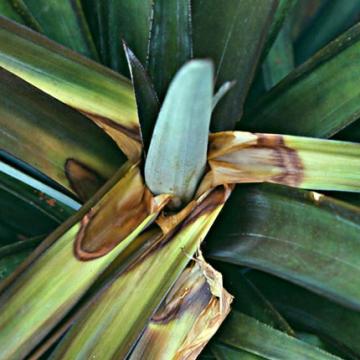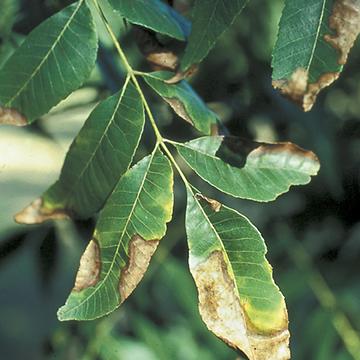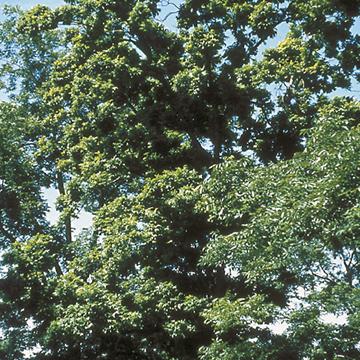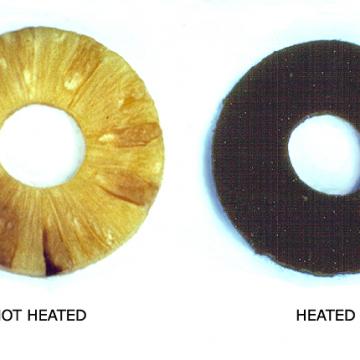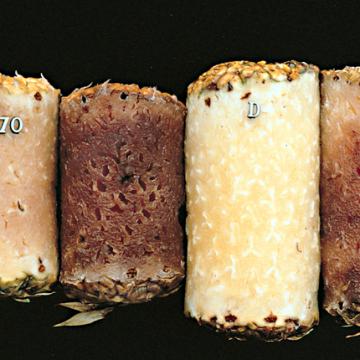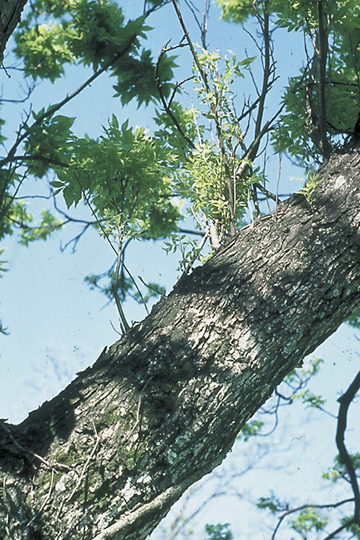DISEASE: Bacterial heart rot and fruit collapse
HOST: Pineapple
Necrosis and rot at bases of central heart leaves (whorl) with dark borders at margins between diseased and healthy tissues.

Bacterial heart rot and fruit collapse | Pineapple
DISEASE: Bacterial heart rot and fruit collapse
HOST: Pineapple (Ananas comosus)
PATHOGEN: Dickeya sp.
PATHOGEN SYNONYM: Erwinia chrysanthemi
SOURCE: G. Taniguchi
DISEASE: Bacterial leaf scorch
HOST: Pecan
Pecan with necrotic scorched leaves with distinct dark lines between healthy and diseased tissues.
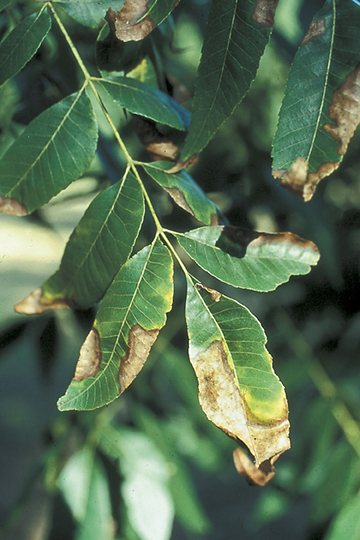
Bacterial leaf scorch | Pecan
DISEASE: Bacterial leaf scorch
HOST: Pecan (Carya illinoinensis)
PATHOGEN: Xylella fastidiosa
SOURCE: T. Brenneman
DISEASE: Bunch disease
HOST: Pecan
Pecan exhibiting bunch symptoms at ends of branches. This disease is thought to be caused by a phytoplasma similar to the walnut bunch pathogen in the X-disease group.
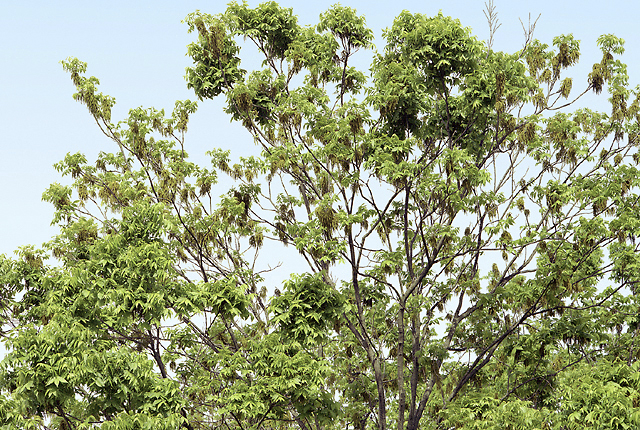
Bunch disease | Pecan
DISEASE: Bunch disease
HOST: Pecan (Carya illinoinensis)
PATHOGEN: 'Candidatus Phytoplasma pruni'
PATHOGEN SYNONYM: Phytoplasma X-disease group
SOURCE: W. Sinclair
DISEASE: Bunch disease
HOST: Pecan
Severe case of bunch disease. Note bunches of foliage.
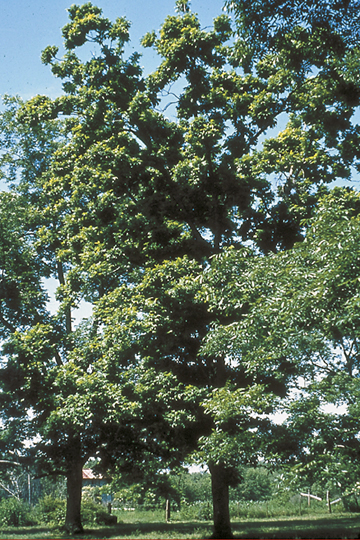
Bunch disease | Pecan
DISEASE: Bunch disease
HOST: Pecan (Carya illinoinensis)
PATHOGEN: 'Candidatus Phytoplasma pruni'
PATHOGEN SYNONYM: Phytoplasma X-disease group
SOURCE: P. Bertrand
DISEASE: Pink disease
HOST: Pineapple
Infected pineapple slices; effect of heating (right) and not heating (left).
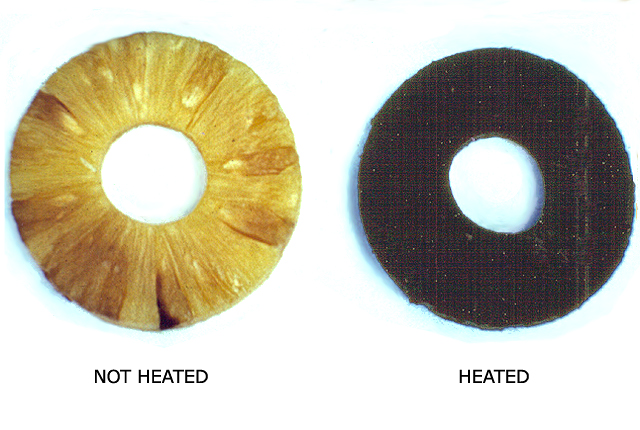
Pink disease | Pineapple
DISEASE: Pink disease
HOST: Pineapple (Ananas comosus)
PATHOGEN: Tatumella citrea
PATHOGEN SYNONYM: Pantoea citrea
SOURCE: K. Rohrbach, A. Alvarez
DISEASE: Pink disease
HOST: Pineapple
Two clones (A and D) showing different stages of infection. Second and fourth fruits (left to right) have been heated. Disease originally attributed to Gluconobacter oxydans and Enterobacter agglomerans and later to Pantoea citrea.
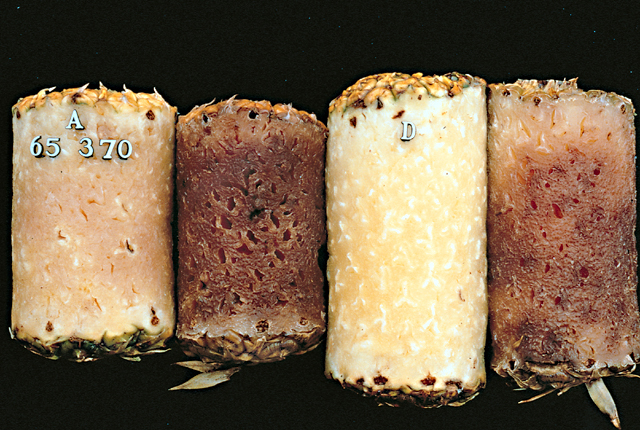
Pink disease | Pineapple
DISEASE: Pink disease
HOST: Pineapple (Ananas comosus)
PATHOGEN: Tatumella citrea
PATHOGEN SYNONYM: Pantoea citrea
SOURCE: K. Rohrbach


